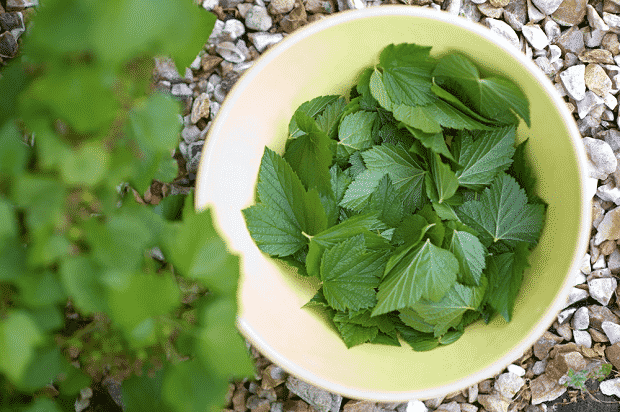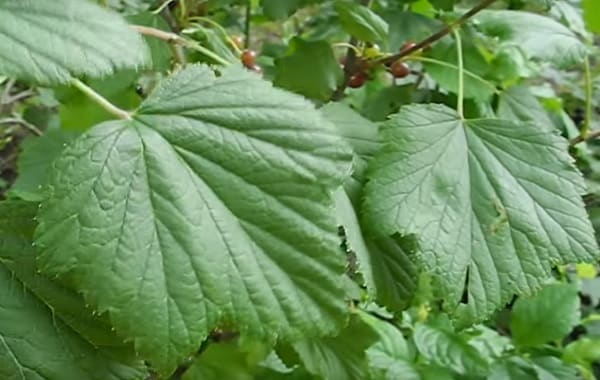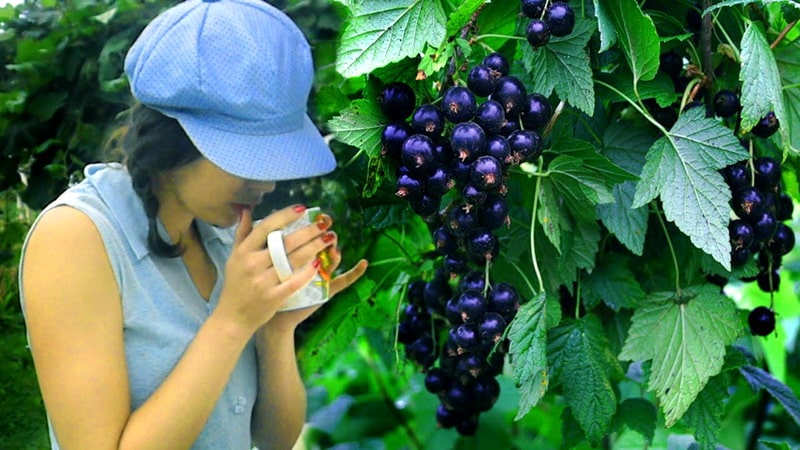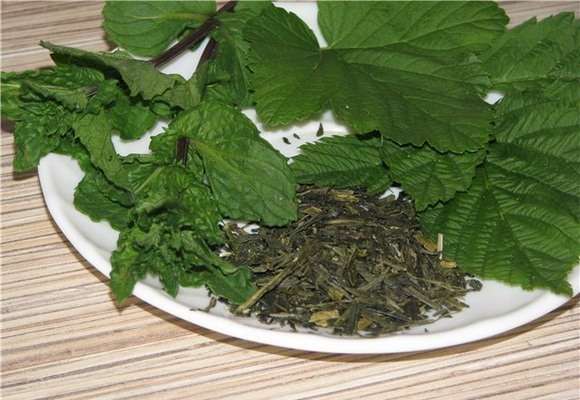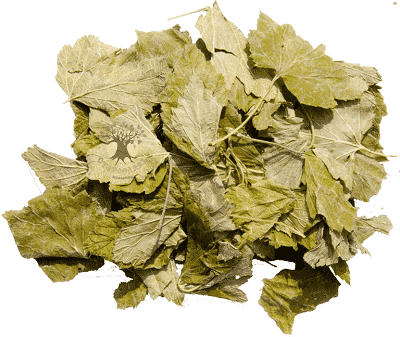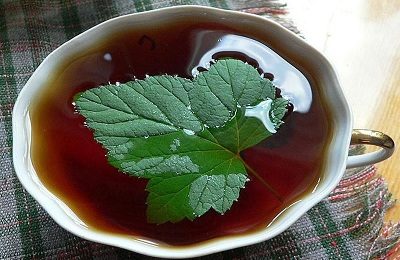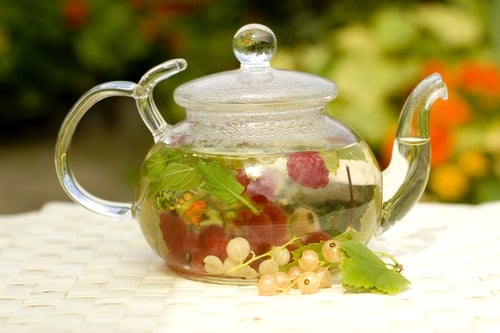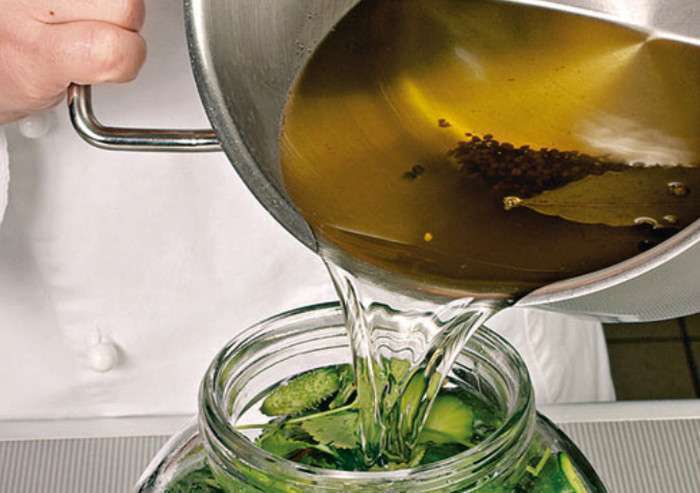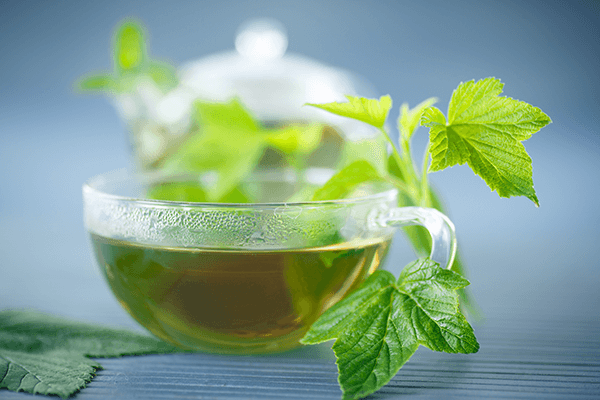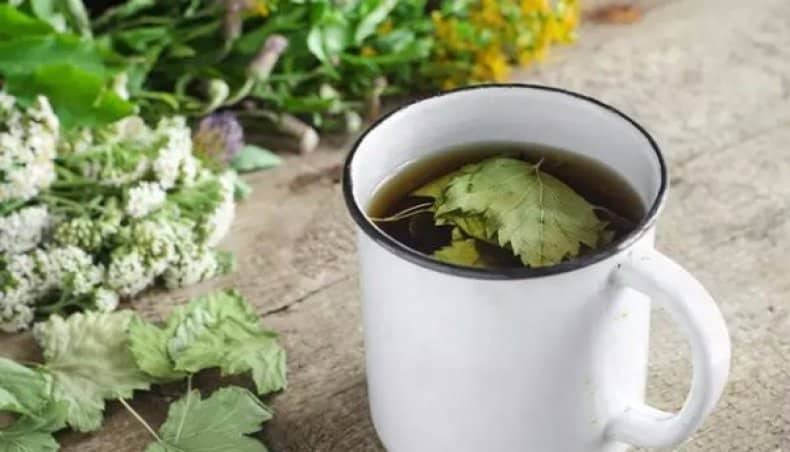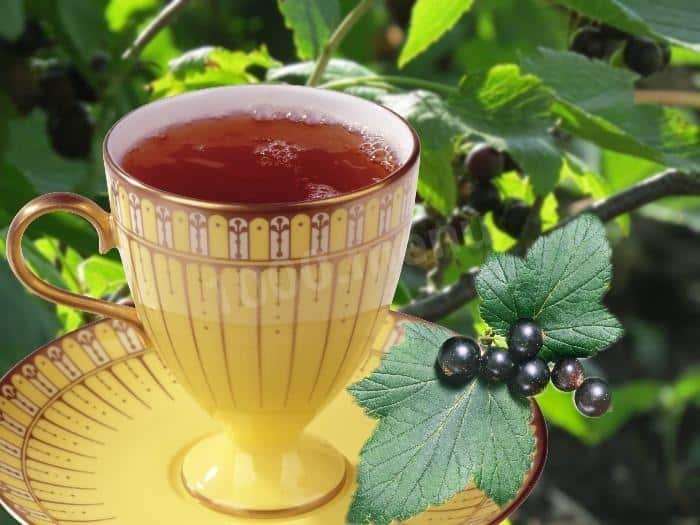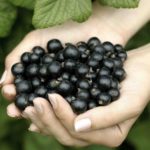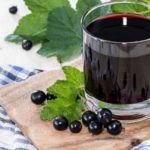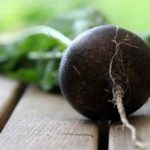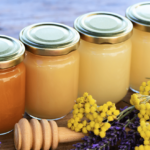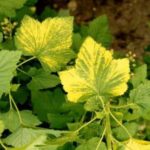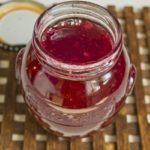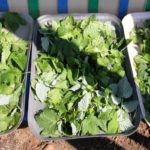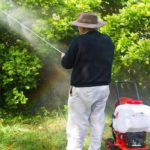The medicinal properties of plants are difficult to underestimate, because they are a real storehouse of vitamins and other useful substances. However, many people mistakenly believe that only the fruits of the plant have beneficial properties. An example of this is currants: everyone understands that the berries are healthy, but few people realize the healing power of the leaves. Below we will understand why blackcurrant leaves are so useful, we will analyze the medicinal properties and learn how to make tea from dried currant leaves.
- Ingredients: vitamins and microelements
- Beneficial properties of black and red currant leaves
- For men
- For women
- For children
- In what areas is it used?
- ethnoscience
- Cosmetology
- When to collect and how to dry properly
- Drying
- Fermentation
- How to store in winter
- What components can be combined with?
- Cooking recipes
- Tincture
- Healing tea from twigs and leaves
- Decoction
- Indications for use
- Rheumatism
- Diabetics
- For flu and colds
- To reduce temperature
- Benefits for weight loss
- Can it be used by women during pregnancy?
- Contraindications for use
Ingredients: vitamins and microelements
Currant tea and other drinks are considered healthy for a reason. It's all about the rich composition of the plant. It includes useful compounds such as:
- Vitamins of the group: B, K, A, C, PP and E.
- Antioxidants.
- Copper.
- Sodium.
- Organic acids.
- Manganese.
- Flavonoids.
- Phytoncides.
All this, taken together, creates a real bomb of vitamins and minerals that charges the body with health and energy.
Beneficial properties of black and red currant leaves
Like any other product on Earth, currants have both benefits and harms for humans. Let's figure out what the beneficial properties are and in what cases consuming the plant is dangerous to health.
Benefit:
- Cleanses the body of waste and toxins.
- Strengthens the immune system.
- Has a healing effect for diseases of the digestive system.
- Regulates blood clotting.
- Has a positive effect on human skin.
- Eliminates excess fluid.
- Reduces inflammatory processes.
- Helps with diseases of the cardiovascular system.
Not recommended for use if:
- Allergic reactions to the product.
- Stomach ulcer.
- Gastritis with increased acidity.
- Thrombosis with inflammation of the vein wall.
Important! Prevention and treatment with currants is not recommended for longer than one month. After this period, you must stop taking it and give the body a rest.
For men
For men, the plant will help with the following:
- cope with dysfunction of the reproductive system;
- reducing the risk of having a heart attack;
- normalizes the activity of the urinary system;
For women
For women, the plant will be useful for the following properties:
- slows down the aging process in the body;
- normalizes metabolism;
- saturates the body with folic acid.
Before using for medicinal purposes, make sure that your blood has good clotting and the acidity in the stomach does not exceed normal. It is not recommended to use while breastfeeding.
For children
The benefits for the child's body are as follows:
- improves memory;
- strengthens bones;
- stimulates brain activity.
In what areas is it used?
The scope of application is quite wide, and the beneficial properties of currants are used in:
- traditional medicine;
- cosmetology;
- cooking.
ethnoscience
The use of black currant is actively practiced in folk medicine, and recipes based on it help combat:
- rheumatism;
- urolithiasis;
- gout;
- cold;
- scurvy;
- sore throat;
- diathesis;
- cough.
Cosmetology
For cosmetologists, the plant is a real treasure, because creams and masks have been developed based on it to help with:
- age spots and freckles;
- reduces the number of wrinkles, rejuvenating and toning the skin;
- rids the skin of dead cells, accelerating the natural regeneration process;
- strengthens hair, adding natural, beautiful shine to it;
- strengthens nails.
When to collect and how to dry properly
To obtain maximum benefit, the product must be properly collected and prepared, choosing a favorable time for this. For currants, this period is considered to be the time of flowering. In different regions it may occur at different times.In one region this will be the end of May, while in another the currants may bloom only in August.
To properly collect fresh leaves, the following conditions must be met:
- the weather during collection should be warm and without precipitation;
- It is advisable that a light rain falls a few days before harvesting, which will wash away all the dirt from the leaves;
- It would not be amiss to focus on lunar cycles, because the highest concentration of beneficial substances in the leaves is observed during the waxing moon phase.
Note! After harvesting, the leaves should not be washed, as this will prevent proper drying, causing the product to deteriorate and rot.
Drying
The collected leaves are evenly distributed on a clean piece of cloth and sent to a specially prepared place that meets the following conditions:
- well ventilated;
- warm;
- protected from direct sunlight;
- low humidity.
Such conditions will protect the crop from mold and help to properly prepare the material for use. Remember to stir the leaves periodically, checking them for spoilage. The leaves are ready the moment their structure becomes brittle. Then the drying can be completed and the collection can be sent for storage.
Fermentation
Fermentation occurs as follows:
- During the day, dry the leaves, distributing them in an even layer on a piece of clean cloth, in a place covered with shade.
- Dried leaves extract juice; to do this, they are finely chopped, ground in a mortar or minced in a meat grinder.
- The resulting mass is loaded into a prepared container, which is covered with a damp piece of cloth. Leave the container alone for 6 hours and let the mass ferment properly.
- Dry the mass in the oven at a temperature of 100 O until the mass becomes brittle to the touch.
Try not to overdry the leaves - this will make them less aromatic and tasty.
How to store in winter
Dry leaves are stored whole or broken into small fragments, which are poured into a glass container with a tight-fitting lid. The container is stored in a place protected from sunlight, such as a kitchen cabinet.
What components can be combined with?
Black currant leaves go well with:
- raspberry leaves;
- mint;
- juniper;
- coffee;
- almonds;
- red currants;
- cherries;
- gooseberries.
Cooking recipes
Not every housewife knows suitable recipes for preparing blackcurrant leaves. Below we will look at the three most popular recipes that give the maximum therapeutic effect when consumed:
- tincture;
- tea made from medicinal twigs and leaves;
- decoction
The benefits of each of them have been tested by generations of our ancestors, which speaks best about the quality of the recipe.
Tincture
Ingredients included in the leaf tincture:
- water - one liter;
- chopped black currant leaves - 6 large spoons.
Cooking algorithm:
- prepare the leaves;
- boil water;
- pour the leaves into boiling water and remove the container from the heat;
- let it brew for an hour;
- strain the infusion.
Drink no more than 250 milliliters of infusion per day, in 3-6 approaches.
Healing tea from twigs and leaves
To prepare tea, a collection of berries and leaves of the plant is used, which must be brewed together with black tea. Compound:
- water – 0.5 liters;
- granulated sugar - to taste;
- black currant leaves - two large spoons;
- a small spoon of black or green tea.
Recipe:
- wash and chop the leaves;
- pour them into boiling water and let it brew for 10-15 minutes;
- add tea and let brew for another 1-2 minutes;
- strain the liquid and add sugar or honey to it to taste.
Note! If desired, the composition can be diversified by adding leaves of other plants, for example, mint or raspberry.
Decoction
It is used for medicinal purposes, and for preparation you will need to prepare:
- leaves and berries - 4 pieces each;
- water – 300 milliliters.
Preparation:
- boil water;
- add leaves and berries;
- cook for 20 minutes on the minimum power of the stove;
- strain;
- cool the broth.
Indications for use
Currants do not lose their medicinal properties in any form, be it a drink or a fresh product. Its use helps to cope with many ailments, and doctors advise using the plant for the following diseases:
- rheumatism;
- diabetes;
- flu and colds;
- at elevated temperatures;
- for weight loss.
Rheumatism
Cleanses the body of excess uric and oxalic acid, thereby helping to fight rheumatism, joint pain and gout. Helps older people well.
Diabetics
Recommended by doctors due to the high fructose content in the berries. Suitable for diabetes types 1 and 2. The leaves cleanse the body, removing toxins and other harmful substances.
For flu and colds
An effective remedy that allows the body to fight pathogens, saturating it with a shock dose of vitamins and beneficial microelements. It helps well in the form of tea and various tinctures.
To reduce temperature
Tea made from black or red currant leaves is an excellent antipyretic, allowing you to bring down the temperature quickly and beneficially for the body.
Benefits for weight loss
It has fat-burning properties due to its high content of vitamin C. Not only black, but also red and even white currants have these properties.
Can it be used by women during pregnancy?
Pregnant women are allowed to consume blackcurrant in moderation as it helps with:
- diarrhea;
- from edema;
- is a good antidepressant;
- reduces high blood pressure;
- mitigates the effects of toxicosis in the early stages of pregnancy.
Important! It is advisable to consult a doctor before use.
Contraindications for use
As mentioned above, it is not advisable to use the product if:
- gastritis;
- stomach ulcer;
- kidney stones;
- allergies;
- glaucoma.
In other cases, when consumed in moderation, the plant will benefit the body, strengthening it and energizing it for a long time.


